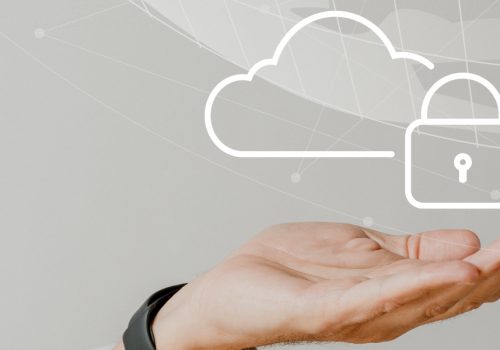Information Technology (IT), Security, and Privacy are becoming more and more important by the day in this digital age. The immergence of IT, allowed people to be able to communicate, connect, and innovate at an extraordinary scale, simultaneously creating an increase of interest in the field and many rapid advancements, leading to increased numbers in risks and malicious attacks. Information security measures protect critical information from malicious threats, while privacy safety measures safeguard our personal information in the digital world. As a result, they play an increasingly important role in how we interact with technology, underlining the need for responsible safety measures and the balance between convenience and security.
However, in this era of digital connectivity, security, and privacy have become vital concerns. Below is a compilation of some interesting facts on information technology, security, and privacy:
- A study by Pew Research Center found that just 9% of U.S. social media users were “very confident” that social media companies would protect their data.
- The 2019 data breach investigation report by Verizon states that the delivery method for 94% of malware attacks is done via email.
- The 2021 Cyber Security Threat Trends report by Cisco states that phishing attacks are responsible for 90% of data breaches.
- In the recent Immuta State of Data Engineering Survey, organizations reported only using an average of 58% of their data in decision-making, while 89% of organizations reported missing business opportunities because of data access bottlenecks.
- A recent Zippia report states that the U.S. tech market makes up 35% of the total world market.
- ITU estimates that approximately 5.4 billion people (67% of the world’s population) are using the Internet in 2023. This shows an increase of 45% since 2018.
- In the forecast by Statista, the number of mobile devices in use will increase to 18.22 billion by 2025.
- According to PwC’s Global Artificial Intelligence Study, Artificial Intelligence is expected to contribute $15.7 trillion to the global economy by 2030.
- According to Finances Online, 72% of U.S. consumers credit Augmented Reality with better collaboration at work, 69% report increased work efficiency, and 61% credit AR with better marketing.
- The latest IoT Analytics State of IoT—Spring 2023 report shows that the global number of active IoT endpoints in 2022 grew to 14.3 billion. In 2023, IoT Analytics expects the global number of connected IoT devices to grow another 16%, to 16.7 billion active endpoints and by 2025 this could increase to 27 billion connected IoT devices.




